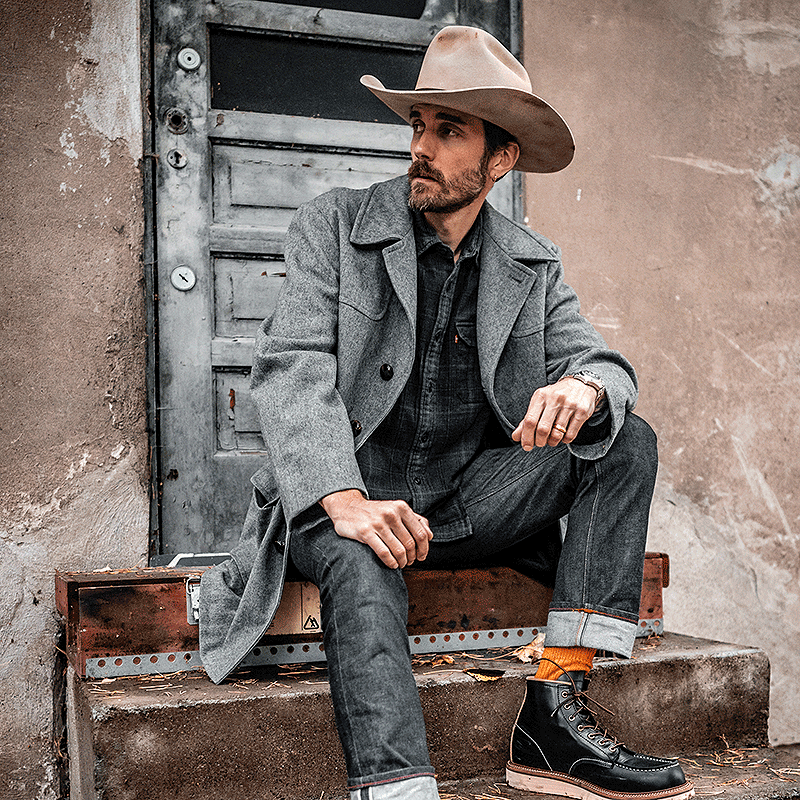
Wool – Nature’s Time-Tested Hero
Before nylon, polyester, and all those new-fangled fabrics entered the scene, humanity had wool. This natural wonder fiber, with its uncanny ability to keep you warm, dry, and comfortable, has been a trusty sidekick for centuries. Spun from sheep’s fleece and cherished for its durability and versatility, wool has clothed shepherds in the Highlands, Arctic explorers, and, of course, stylish urbanites on blustery winter streets. It’s a fabric steeped in history, and when you wrap yourself in a wool coat, you’re not just donning a garment—you’re wearing a piece of the past.
Woolrich, Pendleton, and the Golden Age of Woolen Garments
Let’s travel back to the early days of wool manufacturing in America, when Woolrich and Pendleton were leading the charge. These brands, though perhaps the most famous, were far from alone. Other players like L.L.Bean, Filson, and even lesser-known brands like Bemidji Woolen Mills also shaped the landscape, producing garments that combined practicality and rugged charm.
Woolrich: The Pioneer of Practicality
Founded in 1830 in Pennsylvania by John Rich, Woolrich is one of America’s oldest outdoor clothing brands. Rich began by selling woolen fabric to loggers, hunters, and trappers, but it wasn’t long before Woolrich expanded into creating finished garments. Their famed buffalo plaid jacket became an icon of the American working class. During the Civil War, Woolrich supplied blankets to Union soldiers, solidifying its reputation as a brand synonymous with durability and reliability.
By the 1960s, Woolrich had become a household name among outdoor enthusiasts. The company’s wool coats and shirts were essential gear for campers, hikers, and hunters across the United States. Woolrich’s ability to blend rugged durability with understated style made their products equally at home on mountain trails and in suburban neighborhoods. During the 1970s, Woolrich responded to growing environmental awareness by promoting the longevity and sustainability of their wool garments, a message that resonates to this day.

Pendleton: Weaving Stories into Fabric
Pendleton Woolen Mills, established in the early 1900s in Oregon, initially focused on creating high-quality blankets inspired by Native American designs. The company’s meticulous craftsmanship and bold patterns quickly earned acclaim. Pendleton’s blankets were celebrated not only for their beauty but also for their cultural significance, often gifted as ceremonial items in Native communities.
By the 1920s, Pendleton expanded into apparel, introducing shirts and coats that blended their signature aesthetic with everyday practicality. The 1960s and 1970s marked an era of experimentation and cultural shifts, and Pendleton adapted by introducing modern cuts and lighter wool fabrics to appeal to younger audiences. Their clothing became a staple of the counterculture movement, with plaid shirts and jackets embraced by outdoor enthusiasts and urban trendsetters alike. Pendleton’s connection to music and pop culture grew during this time, cementing its place as a brand that balanced tradition with contemporary relevance.

L.L.Bean and Others: Rugged Refinement
L.L.Bean, though primarily associated with their iconic boots, also made significant contributions to woolen garments. Their sweaters and coats became beloved by outdoor enthusiasts for their functionality and timeless appeal. Founded in Maine, L.L.Bean embodied the spirit of New England’s rugged outdoors.
Similarly, Filson, established in 1897, earned its stripes outfitting gold prospectors heading to Alaska during the Klondike Gold Rush. Filson’s wool garments were prized for their durability in harsh conditions. Meanwhile, Bemidji Woolen Mills, founded in 1920 in Minnesota, became a staple for Midwestern farmers and outdoorsmen, crafting coats and jackets that could withstand brutal winters. Though less known, these brands added to the rich tapestry of American wool manufacturing, each contributing its unique flair.
The Treasure Hunt for Vintage Gems
In today’s fast-fashion world, vintage woolen garments are highly sought after for their exceptional craftsmanship, durability, and timeless appeal. Woolrich and Pendleton pieces, in particular, have become prized collectibles, but they’re not alone in this regard. Filson and Bemidji items are also coveted, while vintage L.L.Bean wool garments offer a glimpse into the rugged elegance of New England style.
Collectors cherish these garments not only for their functionality but for the stories they hold. A Woolrich coat from the 1940s might have endured a logger’s grueling days in the woods, while a Pendleton blanket coat could have been part of someone’s cherished family tradition. The uniqueness of each piece adds to their value, and they’ve become investments as much as functional clothing.
Finding authentic vintage wool garments is a thrill—they’re becoming rarer as time passes. Prices can vary widely, with exceptional pieces fetching high sums due to their rarity, condition, and historical significance. Whether you’re hunting through thrift stores, vintage markets, or online platforms, each discovery feels like unearthing a hidden treasure.
Wrapping Up
Wool coats and garments are more than just clothing; they’re enduring symbols of craftsmanship, utility, and style. Brands like Woolrich, Pendleton, L.L.Bean, Filson, and others set the gold standard, creating pieces that have stood the test of time. Whether you’re drawn to their rugged history, unmatched warmth, or timeless aesthetic, vintage wool garments offer a connection to a bygone era of quality and care. When you slip into one of these coats, you’re embracing a legacy woven into every thread, a legacy that’s as rich and enduring as the wool itself.
